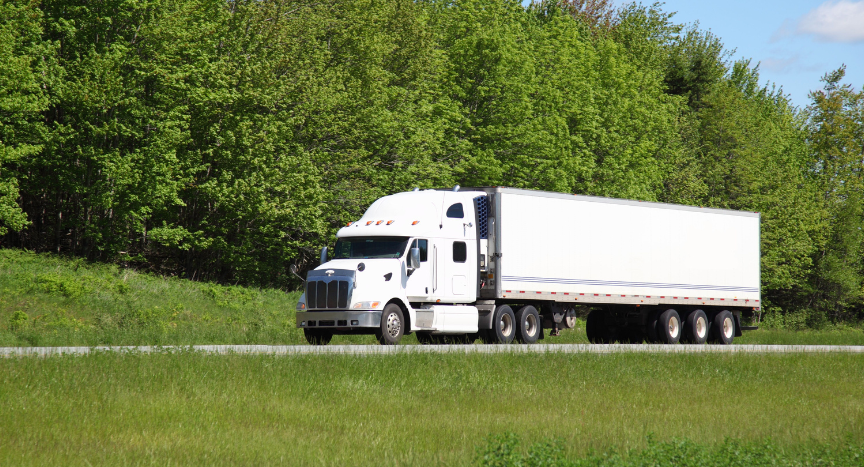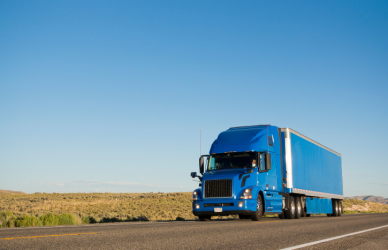Understanding state-specific trucking regulations is crucial for any truck driver hauling across state lines. Each state has its own rules on weight limits, speed, emissions, and rest requirements that impact both compliance and costs. This guide breaks down the key differences and provides truckers with a practical roadmap for navigating these rules.
Weight Limits and Axle Restrictions
While federal law sets a maximum limit of 80,000 pounds on interstates, state regulations on axle spacing and local roads often differ:
California: California enforces strict axle weight restrictions, limiting tandem axles to 34,000 pounds on interstate highways. Drivers in violation risk fines and even vehicle impoundment for severe overloading.
Michigan: In contrast, Michigan allows trucks up to 164,000 pounds on certain roads if they meet specific axle requirements, making it feasible to haul heavier loads legally, provided the truck’s axle configuration is correct.
Tip: Use trucking apps like Trucker Path to view weight restrictions by route, helping avoid fines and optimize loading.
Speed Limits for Commercial Trucks
Speed limits for trucks vary by state and highway type, which can affect travel times and safety considerations:
Texas: Texas has some of the highest truck speed limits, allowing up to 85 mph on certain highways. However, other areas maintain a more typical 75 mph cap.
California: California sets a much lower limit of 55 mph for trucks on all roadways, creating a significant adjustment for out-of-state drivers.
Installing GPS systems that alert drivers to speed changes can help avoid penalties and improve safety.
Emission Standards and Environmental Requirements
States like California and New York have more stringent emissions standards than those set by the federal government, aiming to reduce pollution from commercial trucks:
California: The California Air Resources Board (CARB) requires emissions-compliant engines, restricting older trucks unless retrofitted. CARB has mandated diesel emissions standards specific to truck engines and idle-reduction technologies to limit pollution.
New York: New York enforces strict anti-idling laws, generally limiting truck idling to five minutes. Violations can result in steep penalties, especially in urban zones.
By checking emissions requirements before travel, especially in CARB-regulated states, drivers can avoid fines and ensure compliance.
Hours of Service (HOS) Rules and Rest Breaks
The Federal Motor Carrier Safety Administration (FMCSA) enforces Hours of Service rules nationwide, but some states impose additional requirements:
California: California requires drivers to take a 30-minute break after five hours of work, more stringent than the FMCSA’s 8-hour rule.
Oregon: Oregon has unique HOS rules for intrastate hauls, especially for certain non-CDL drivers. Reviewing state-specific HOS requirements is vital for drivers frequently crossing state lines.
Ensuring compliance with these regulations is essential to avoid penalties and ensure safe, lawful operation.
Toll Roads and Fees
Truckers often encounter tolls on interstates, which can vary significantly by state and road type:
Florida: Florida’s Turnpike is toll-heavy for commercial trucks, with payment options available through SunPass for cost savings and convenience.
New York: New York’s Thruway charges high tolls for larger trucks, with fees based on vehicle weight and distance. Knowing toll costs in advance can help in budgeting for these expenses.
Using toll calculators on state DOT sites can help drivers budget and optimize routes for tolls.
Navigating trucking regulations across states requires vigilance and preparation, as each state’s rules can impact safety, costs, and legal compliance. Truck drivers can benefit from tools like route planners, GPS speed alerts, and toll calculators, ensuring they meet each state’s unique requirements without interruption.











